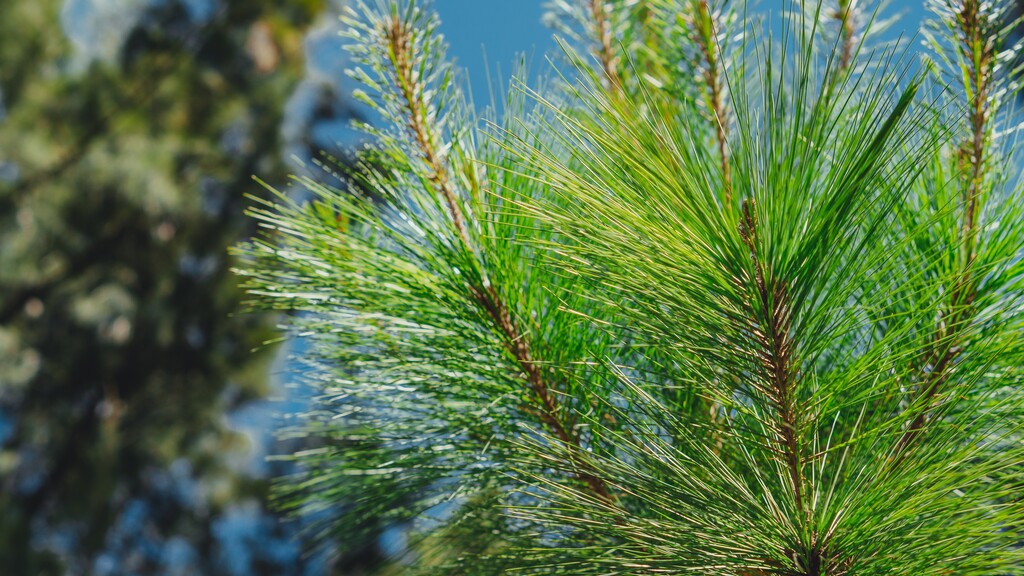

The exact number of species on our planet is not yet known. Although the International Biodiversity Council (IPBES) estimates that there are about eight million animal and plant species on Earth, the number of living creatures that actually exist on Earth is probably far higher than those currently described. Serious estimates show: There could even be as many as 20 million species living on Earth.
Altogether, there are five major groups of eukaryotes, the highest classification category, i.e. those living beings that possess a cell nucleus: Animals, plants, fungi, animal protozoa and algae. Just under 2/3 of them live on land. The other third live in water. The top classification categories can be further subdivided individually. For example, animals include insects or arachnids in addition to the vertebrate phylum. The vertebrates can also be further subdivided into mammals, birds, fish, amphibians or reptiles, for example. The sheer complexity of the classification of living beings reveals the diversity of life on earth.
After insects, the next largest group in terms of number of species is fungi with about 60,000 species, followed by algae with about 27,000 species. Vertebrates, for example mammals, birds, fish, amphibians and reptiles, on the other hand, are hardly significant in the total number of species. The number of species of mammals, for example, is estimated at around 4,000, and that of birds at up to 9,500 species.
Each individual species has its own function and maintains the biological balance. Thus, every single ecosystem is populated by thousands to millions of species that influence each other. Normally, the systems and their species regulate themselves. However, if humans intervene in the environment, an imbalance can occur. If one species dies out, this has a massive impact on all other species in the ecosystem.
In Germany, more than 4,100 higher plant species and almost 45,000 animal species are currently documented. Of these, about 33,300 species are insects, while only a little over 700 vertebrate species are known. In international comparison, the flora and fauna in Germany are considered to be well known. Nevertheless, new species are still being found in Germany.
According to the World Conservation Union (IUCN), about one million species are currently threatened with extinction, 80 percent of naturally occurring mammals and 50 percent of plants are in danger of being lost.
Along with climate change, the current loss of biodiversity is currently one of the biggest problems facing humanity - with irreversible consequences. According to estimates, about 150 species are currently dying out every day. Never before has the extinction of species in the history of humankind been as great as it is today. If the development continues as it has so far, half of all life forms will probably be severely threatened, if not completely disappear, in 100 years. The main cause of this is humans: 75 per cent of the land surface and two-thirds of the marine ecosystems have already been severely altered by humans.
According to current conventions, at least 30 percent of land, freshwater and ocean areas must be placed under protection or renatured in order to avoid the greatest biodiversity losses and to maintain the functioning of natural ecosystems. But even a renaturation of 15 percent of the current usable land could be enough to save 60 percent of today's threatened animal and plant species from extinction.
Discover Naturefund's current conservation projects here!